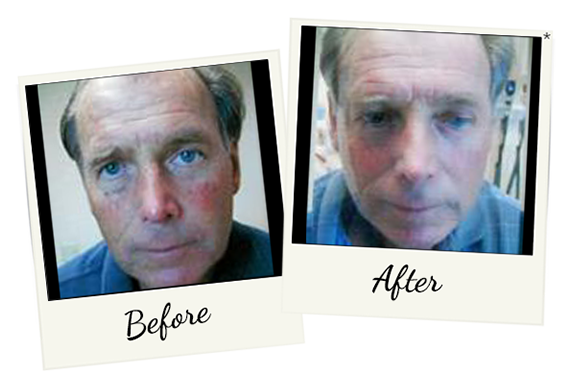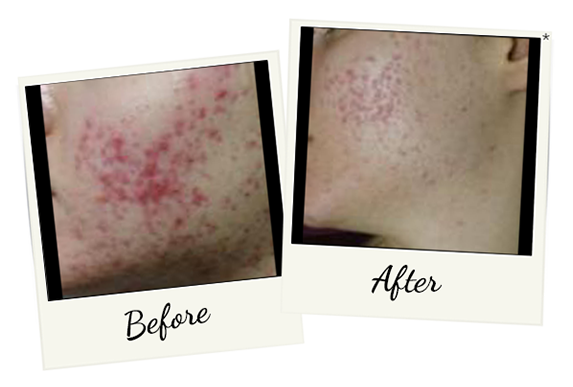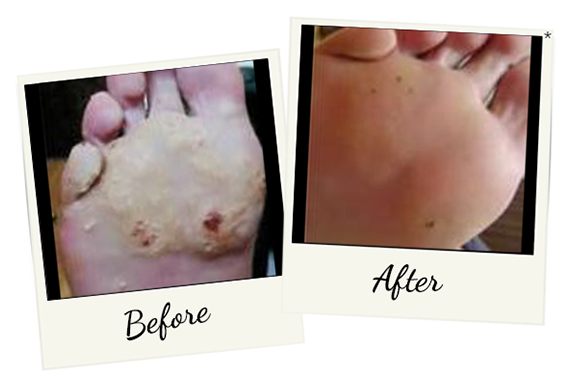Photodynamic therapy is a new treatment for some types of cancer. It may also be used to treat some non-cancerous conditions of the skin or eye. PDT is not yet established as a standard treatment, and research is continuing to find its exact role as a cancer treatment. The drug used is called a photosensitizer or photosensitizing agent, and a particular type of light.
PDT uses laser, or other light sources, combined with a light-sensitive drug to destroy cancer cells. Within a period of three hours, the drug is selectively modified and concentrates in diseased cells while largely clearing from normal tissue. The drug remains inactive until exposed to light. When applied, the light energy, delivered to the cancer site, chemically activates the active metabolite and creates a toxic form of oxygen which destroys the cancerous and pre-cancerous cells with minimal damage to healthy cells. Most PDT treatment can be performed on an outpatient basis. Studies have shown that PDT can work as well as surgery or radiation therapy in treating certain types of cancers and pre-cancers. Some benefits include:
- No long-term side effects with proper use
- Less invasive than surgery
- Short session, most often done as an outpatient
- Can be targeted very precisely
- If necessary, treatment can be repeated at the same site (unlike radiation).
- Little or no scarring after the site heals.
- Often costs less than other cancer treatments.
Areas of Concern:
Photodynamic therapy may be used to treat other cancers and diseases in the future. PDT is also being tested for other cancers that can be reached with a light, such as malignant pleural mesothelioma and mycosis fungoides, a type of skin lymphoma. If you are interested in learning more about the benefits of this treatment, give Riopelle Cosmetic Surgery & Laser Center a call at (925) 275-9333.
View Before & After Photos
Of Photodynamic Therapy
For Facial Rejuvenation



